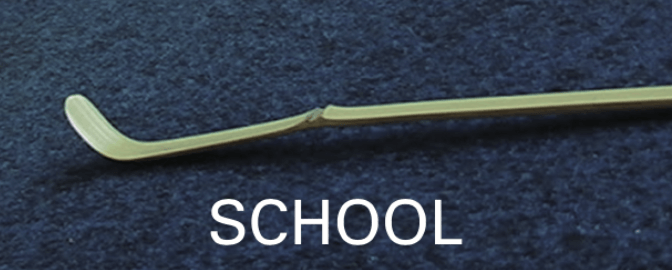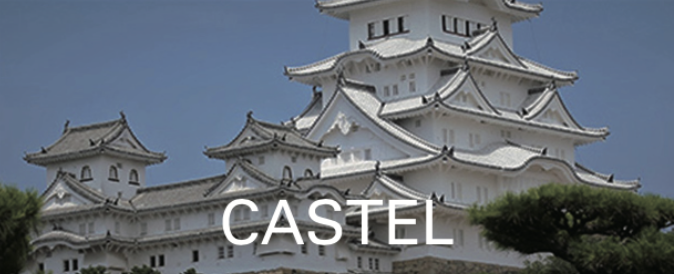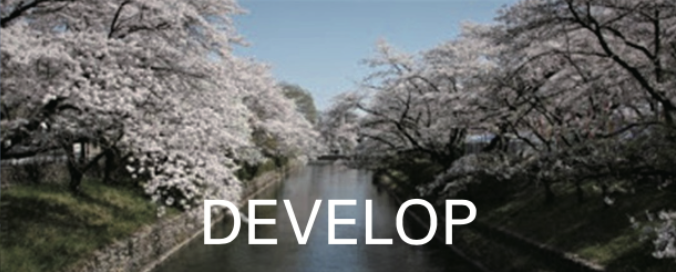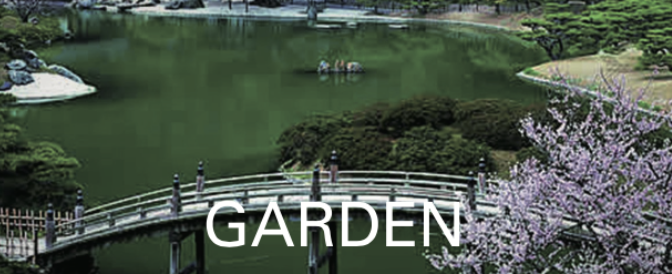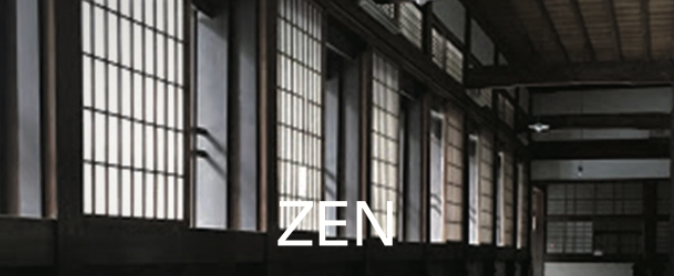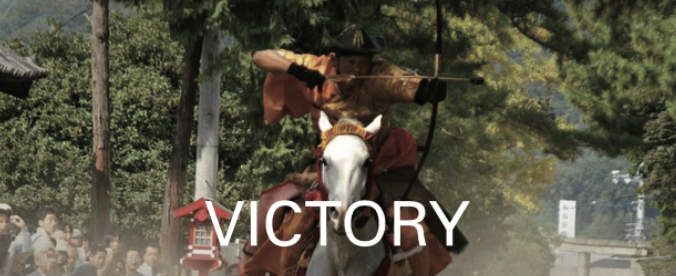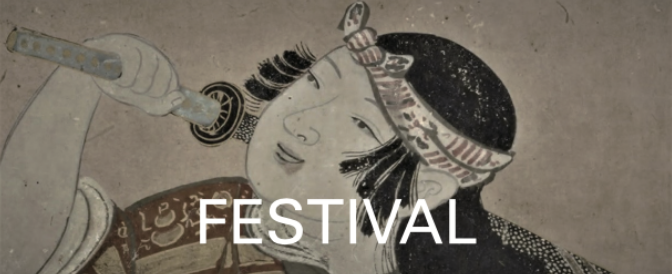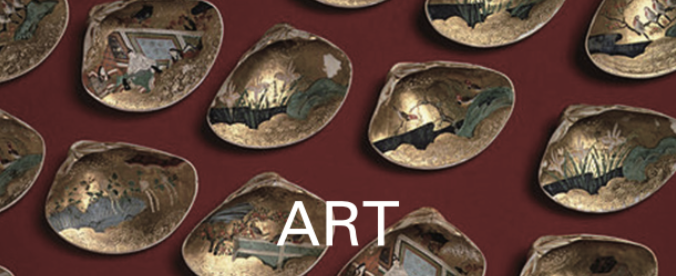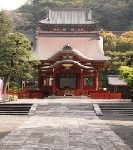
Minamoto no Yoritomo (1147 – 1199), the 1st shogun of the Kamakura Shogunate, worshiped at Tsurugaoka Hachimangu shrine as an authority of Samurai spirit and as the guardian of the nation. The Kamakura Shogunate was the prototype of the Tokugawa Shogunate.
This shrine moved from Yuigo Tsurugaoka, to the present location. The approach to this shrine is called Wakamiya-oji Street, which penetrated almost north and south through the center of Kamakura, and was designed after the model of Suzaku-oji Street in Kyoto.
Kamakura culture was conscious of Kyoto, but was unlike the social culture of the court noble in Kyoto. It preferred Buddhism and plain and simple art, which were easy to understand for the samurai and common people. Kamakura culture also had the influence of Zen culture, from the Song Dynasty (960 – 1279) and the Yuan Dynasty (1279 – 1368) in China.
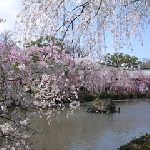
The deity of this shrine is Oyamatsumi no mikoto, a god of mountains, sea and war in Japanese mythology. This shrine was recorded in the old books in the Nara and Heian period, in the 8th – 12th centuries. Minamoto no Yoritomo (1147 – 1199), the 1st shogun of the Kamakura Shogunate, prayed for victory of his raising an army at this shrine and he succeeded. Therefore, the warriors across Japan devoutly worshiped this shrine.
This treasure hall possesses the National Treasure, Umemakietebako, a gold-lacquered box, with the picture of Plum blossoms. This box was designed with written letters of the poem by Hakurakuten (772 – 846), a Chinese poet. The pattern of water flowing in the pond and wild geese in the sky are drawn with gold lacquer, while Plum blossoms and letters are made by silver Hiramon, the technique of stretching metals into thin strips, which are then cut into various shapes to create designs.
This cultural property is extremely elaborate. It is said that Msakao Hojyo, the wife of Minamoto no Yoritomo, dedicated this treasure.
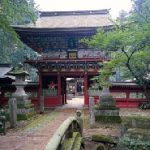
Nasu no Yoichi was a warlord at the end of the Heian period in the 12th century and performed very well in the Genpei War, the battle between the Taira and Minamoto clans. He built the shrine of Tosa cedar in Kochi and dedicated his own long sword in 1187.
Sakanoue no Tamuramaro, the first Shogun, Great General, transferred the separated spirit from Usa Hachimangu shrine here, re-founded this shrine as Kanamaru Hachimangu shrine, and prayed for his victory in the Tohoku, Northern Honshuu, expedition, during the 8th – 9th centuries.
Minamoto no Yoshiie (1039 – 1106), who was the head of the Minamoto clan and the Lord of Mutsu Province, donated the shrine building in gratitude for the victory.
Matsuo Basho (1644 – 1694), the most famous poet of the Edo period worshiped at this shrine in the Genroku era (1688 – 1704), when he journeyed to Mutsu Province.
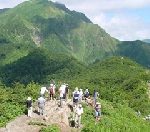
Uesugi Kenshin (1530 – 1578), the feudal lord of Echigo Province, became Kanto Kanrei, a shogunal deputy for the Kanto region in 1561, after his unification of Echigo province, Niigata. The area around Tenjidaira, is surrounded by mountains such as Mt. Tanigawadake (Height 1977m), where an important road, Mikuni Kaido Road connecting the Echigo Province and Kozuke Province, Gunma, has crossed the Mikunitoge Pass since ancient times. Kenshin went over the Mikunitoge Pass a dozen times.
You can enjoy the view of Tenjindaira, on this ropeway, and look at Mt. Tanigawadake, which Kenshin called “the northern guardian deity,” like Bishamonten, the Guardian god of Buddhism.
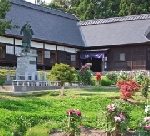
The Tsugaru Peninsula was ruled by the Ando clan, a descendant of Abe Sadato (1019 – 1062) from the Kamakura period (1185 – 1333). Their hometown was Tosa Minato, Harbor, which traded with the Korean peninsula and Chinese continent and was lined with Hakata Minato, Harbor Fukuoka. Oura Mitsunobu (1460 – 1526) came to Tanesato with 36 samurai from Nabu Shimo Kuji, Iwate. He was a lord of Tanesatojo Castle and a founder of Tsuruga Domain.
He built a castle in the mountainous region of Ajigasawa Town, and achieved the unification of Tsugaru Province through difficult battles. Mitsunobu wearing his armor was buried at the site of Tanesatojo Castle, facing southeast, the direction of Kuji, Iwate Prefecture.
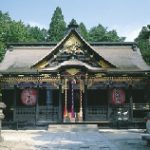
The shrine building is Ishinoma Zukuri, with an integrated main hall and worship hall, connected by a low building called the Ishinoma, stone-room. The appearance of this shrine combines the richly colored white pigments of brackets and sculptures with the black-lacquer. The elaborated designs of this shrine building, made by the greatest craftsmen of the day, were later passed down to the World Heritage Nikko Toshogu shrine, Nikko Tochigi.
The worship hall has a wall painting of Karajishi, an artistic portrait of a lion, by Sakuma Sakyou (1581 – 1657). Sakuma was the purveying painter to the Sendai clan, who worked in the Kujiaku no ma, the room with the sliding screen painting of a peacock, at Suiganji temple, Miyagi. The interior of the worship hall still conveys the culture of Azuchi-Momoyama period (1573 – 1603).
